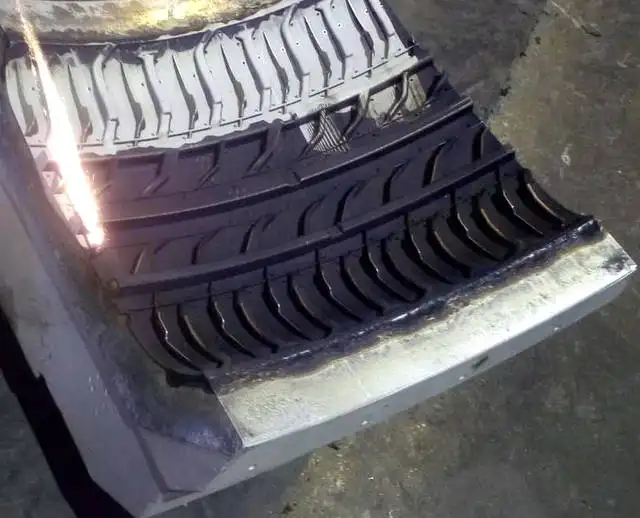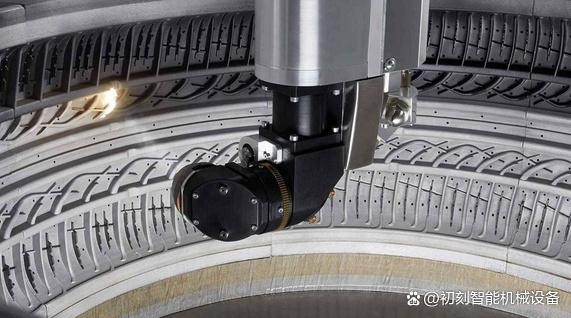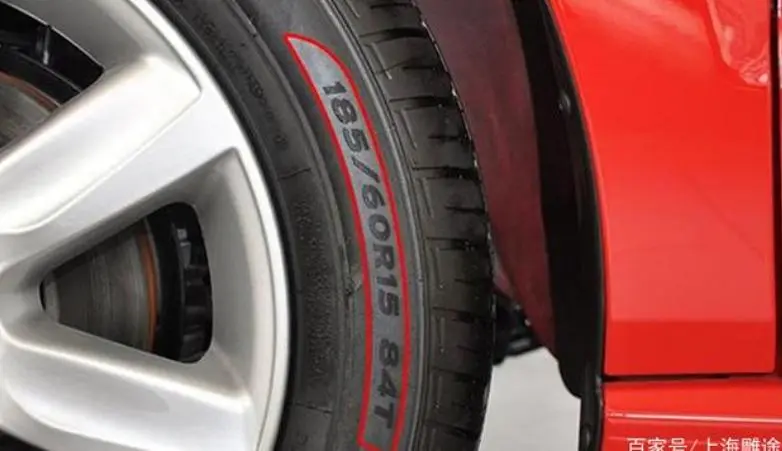In the manufacturing process of tires or molded products, the widely used method of jet cleaning vulcanization mold has many shortcomings. The mold is inevitably polluted by the comprehensive deposition of rubber, compounding agent and mold release agent used in the vulcanization process. Repeated use will create some pattern pollution dead zones. It is time-consuming, expensive and wears out the mold.
Under the macro background of continuous progress in intelligent manufacturing technology and deepening global carbon reduction and emission reduction, how to further reduce product manufacturing costs, improve product quality and functions, meet the requirements of green manufacturing, and gain comprehensive advantages in market competition is a problem that tire manufacturers have to solve. The use of laser technology can effectively reduce the cost of tire manufacturing process, reduce carbon dioxide greenhouse gas emissions, and help tire enterprises meet the market demand for high-quality, high-performance, multi-functional tires.
01 Laser cleaning of tire mold
Using laser to clean tire molds does not require consumables and does not damage the molds. Compared with traditional sand cleaning and dry ice cleaning, it has low energy consumption, low carbon emissions and low noise. It can clean all steel and semi steel tire molds, especially suitable for cleaning spring sleeve molds that cannot be sand washed.
02 Laser cleaning of tire inner wall
With the continuous improvement of the requirements for vehicle driving safety and the rising demand for silent tires for new energy vehicles, self repairing tires, silent tires and other high-end tires are gradually becoming the first choice for automobile accessories. Domestic and foreign tire enterprises take the production of high-end tires as their priority development direction. There are many technical means to realize the self repair and mute of tires. At present, it is mainly to coat the inner wall of tires with soft solid colloidal polymer composites to achieve the functions of explosion prevention, puncture prevention and leak prevention. At the same time, a layer of polyurethane sponge is pasted on the surface of the leak proof adhesive to achieve sound insulation and absorb the mute effect of cavity noise.
The coating of soft solid colloidal polymer composite and the pasting of polyurethane sponge need to pre clean the residual isolating agent on the inner wall of the tire to ensure the pasting effect. The traditional inner wall cleaning of tire mainly includes grinding, high-pressure water and chemical cleaning. These cleaning methods will not only damage the air seal layer of the tire, but also cause unclean cleaning sometimes.
Laser cleaning is used to clean the inner wall of the tire without using consumables, which is harmless to the tire. The cleaning speed is fast and the quality is consistent. Automatic cleaning can be achieved without the need for the subsequent chip cleaning operation of traditional grinding and the subsequent drying operation process of wet cleaning. Laser cleaning has no pollutant emission and can be used immediately after washing, making high-quality preparation for the subsequent bonding of silent tire, self repair tire and self detection functional tire.
03 Tire laser marking
Instead of the traditional movable type block printing process, the laser coding on the side of the finished tire is used to delay the formation of the text pattern of the sidewall information to the subsequent inspection and shipment processes. Laser marking has the following advantages: avoid the loss of finished product batch caused by using the wrong movable type block; Avoid downtime losses caused by frequent replacement of week numbers; Effectively improve product appearance quality; Barcode or QR code marking makes product lifecycle management more efficient.
Post time: Sep-30-2022




